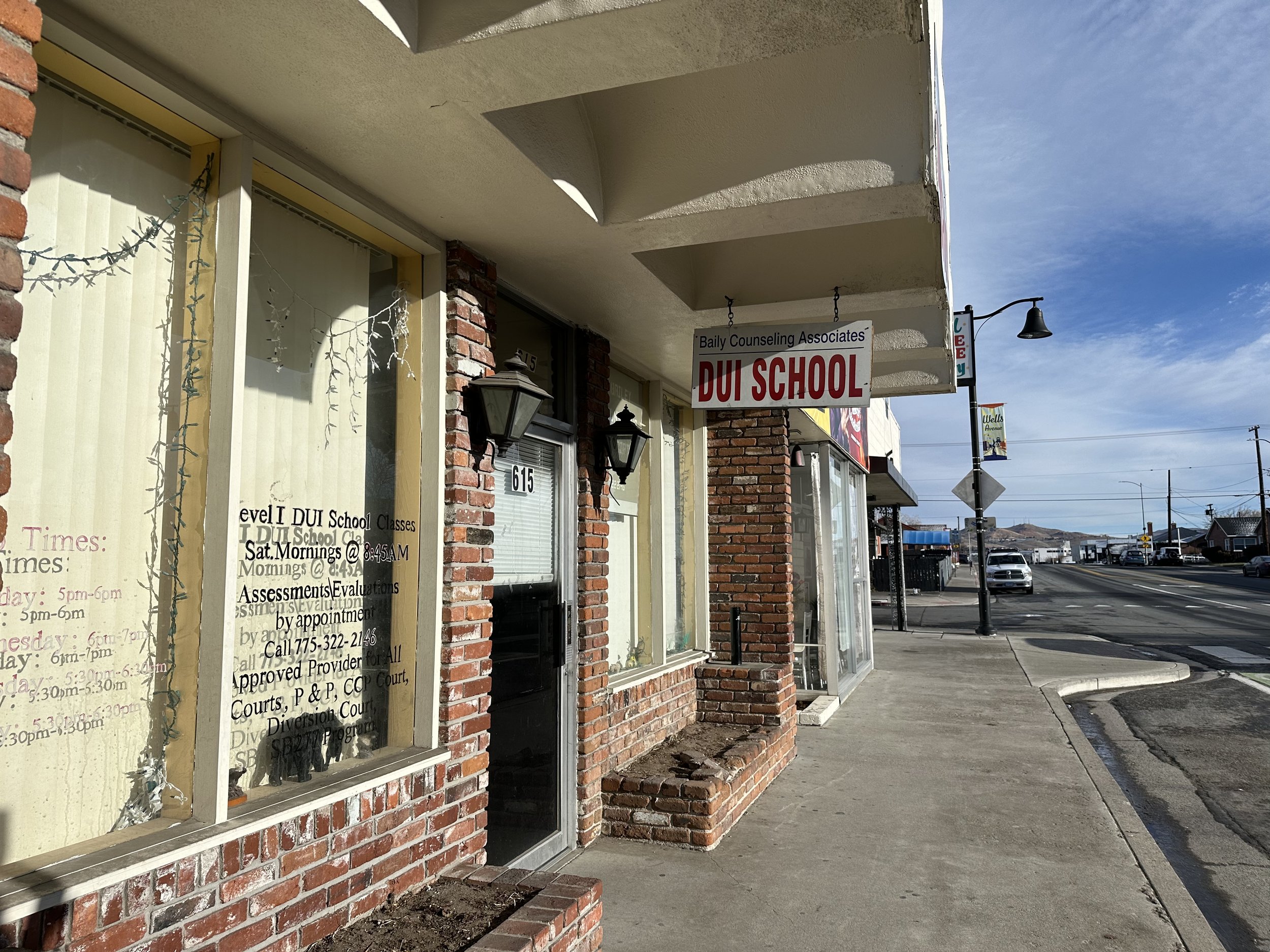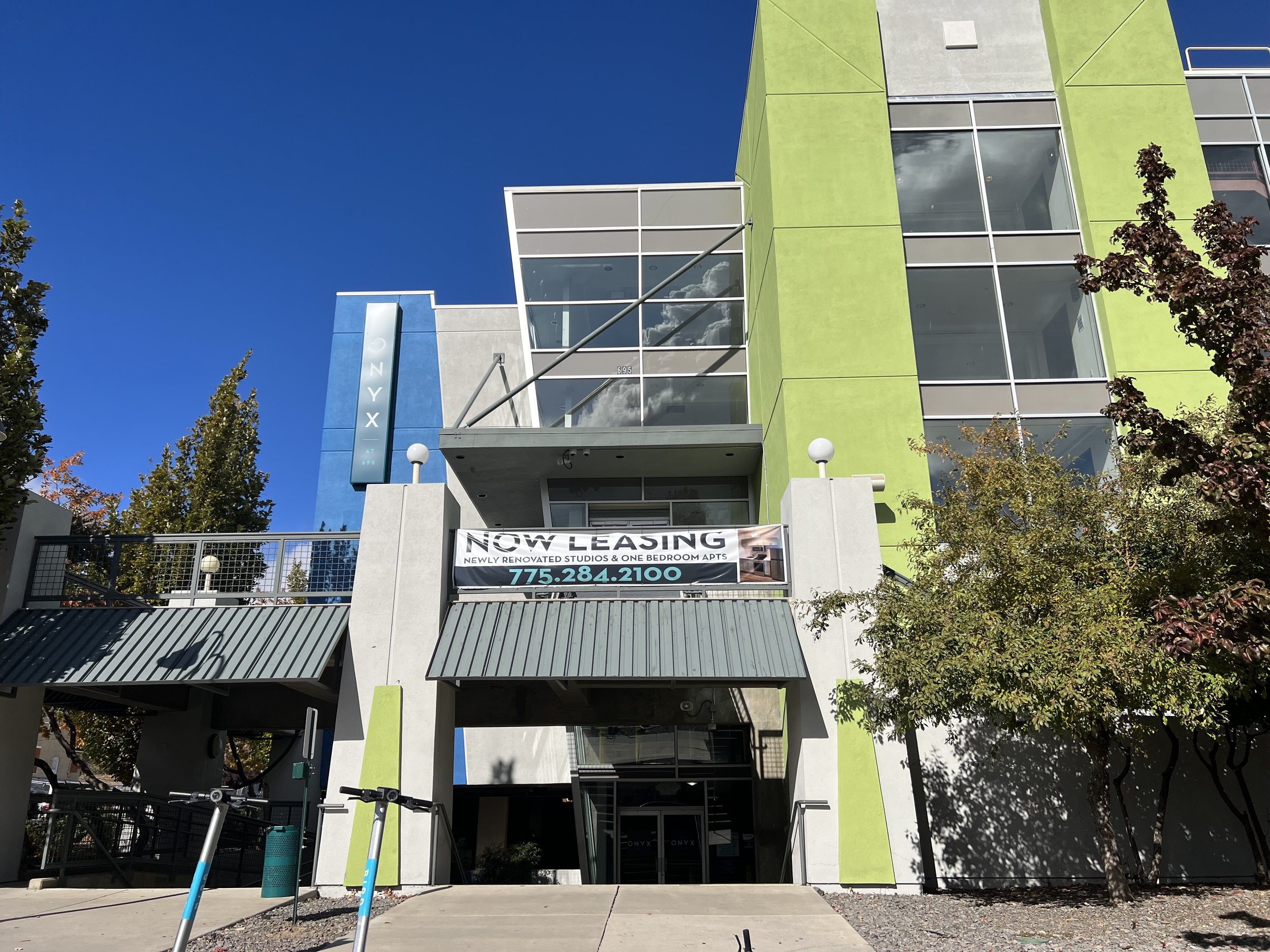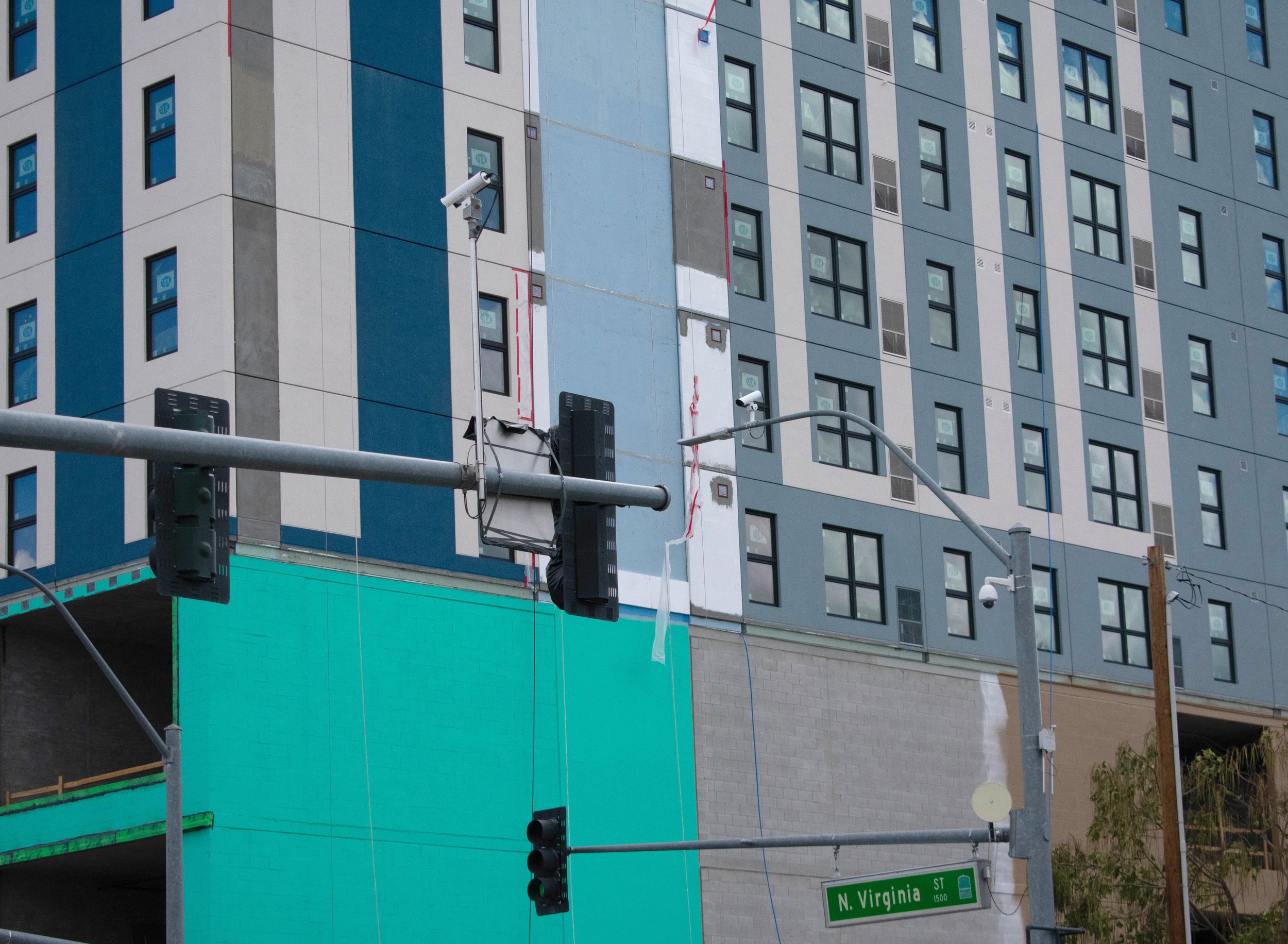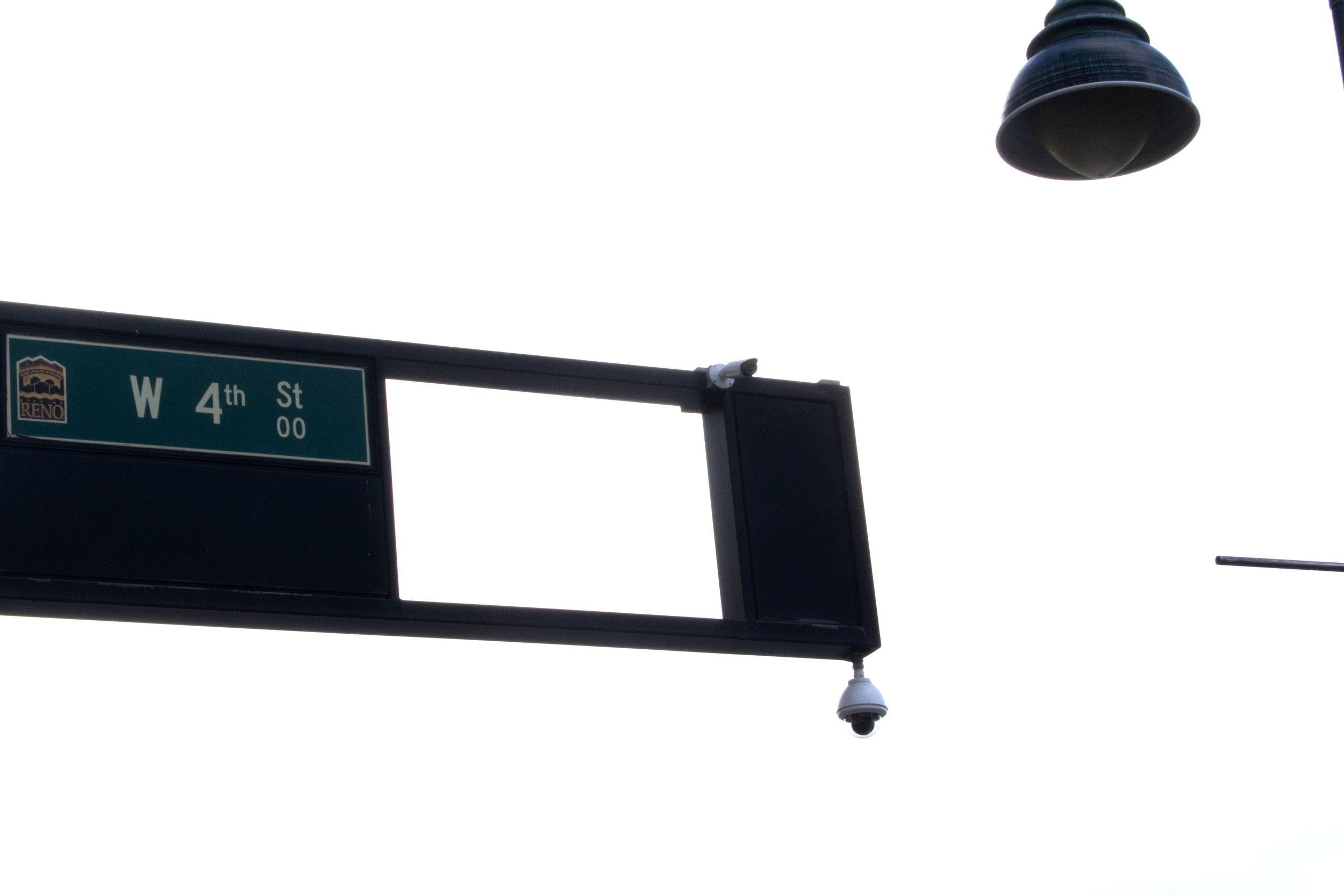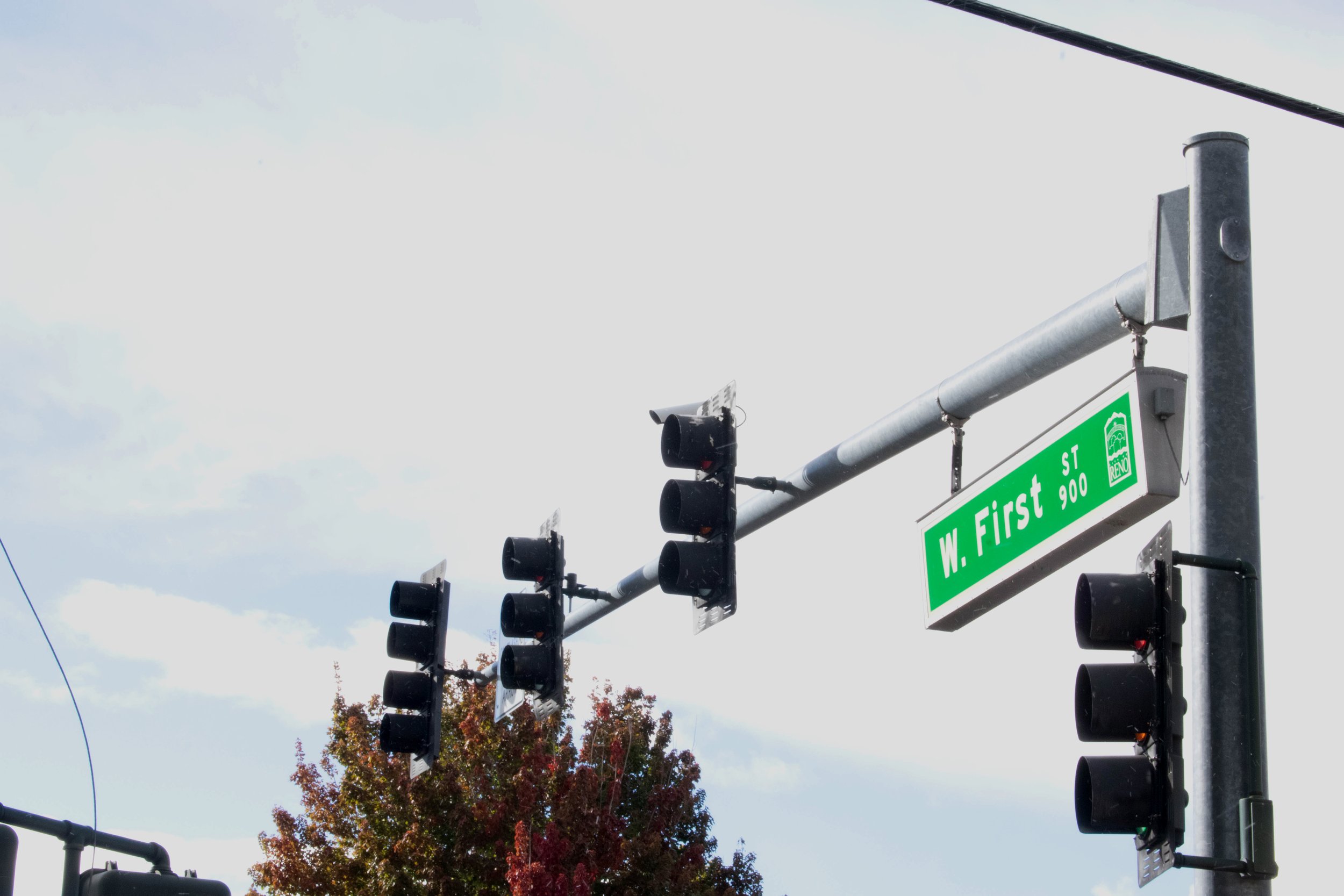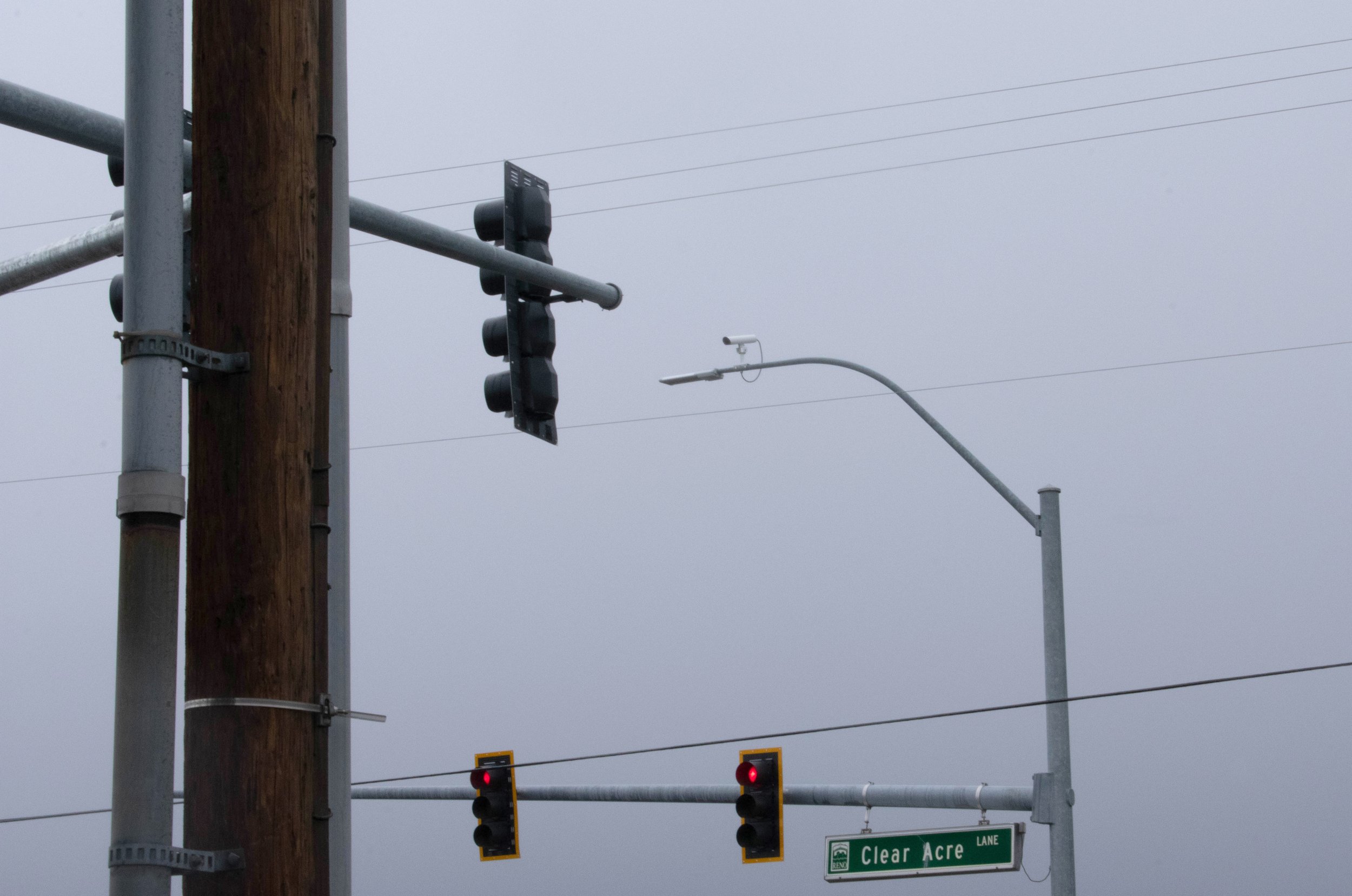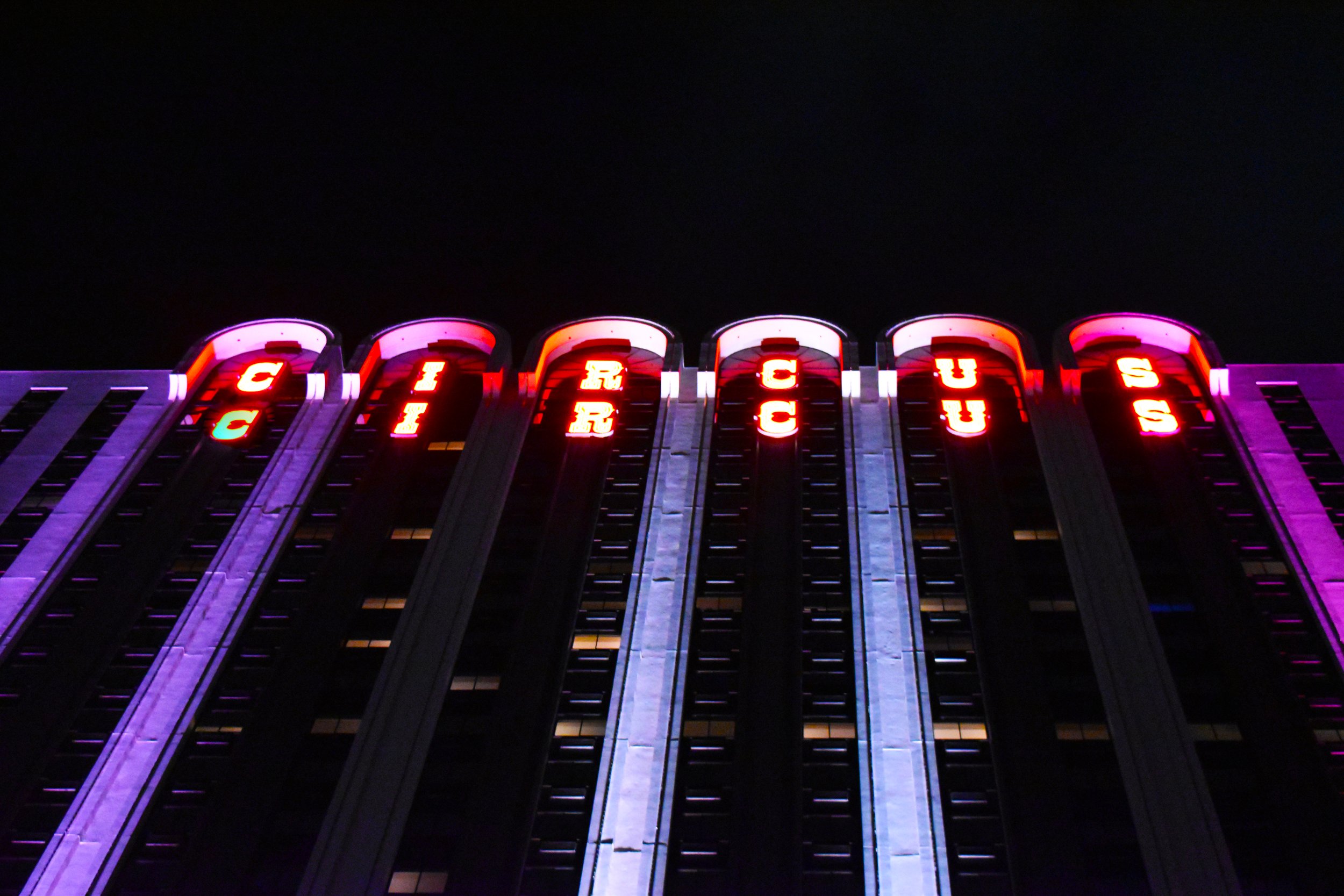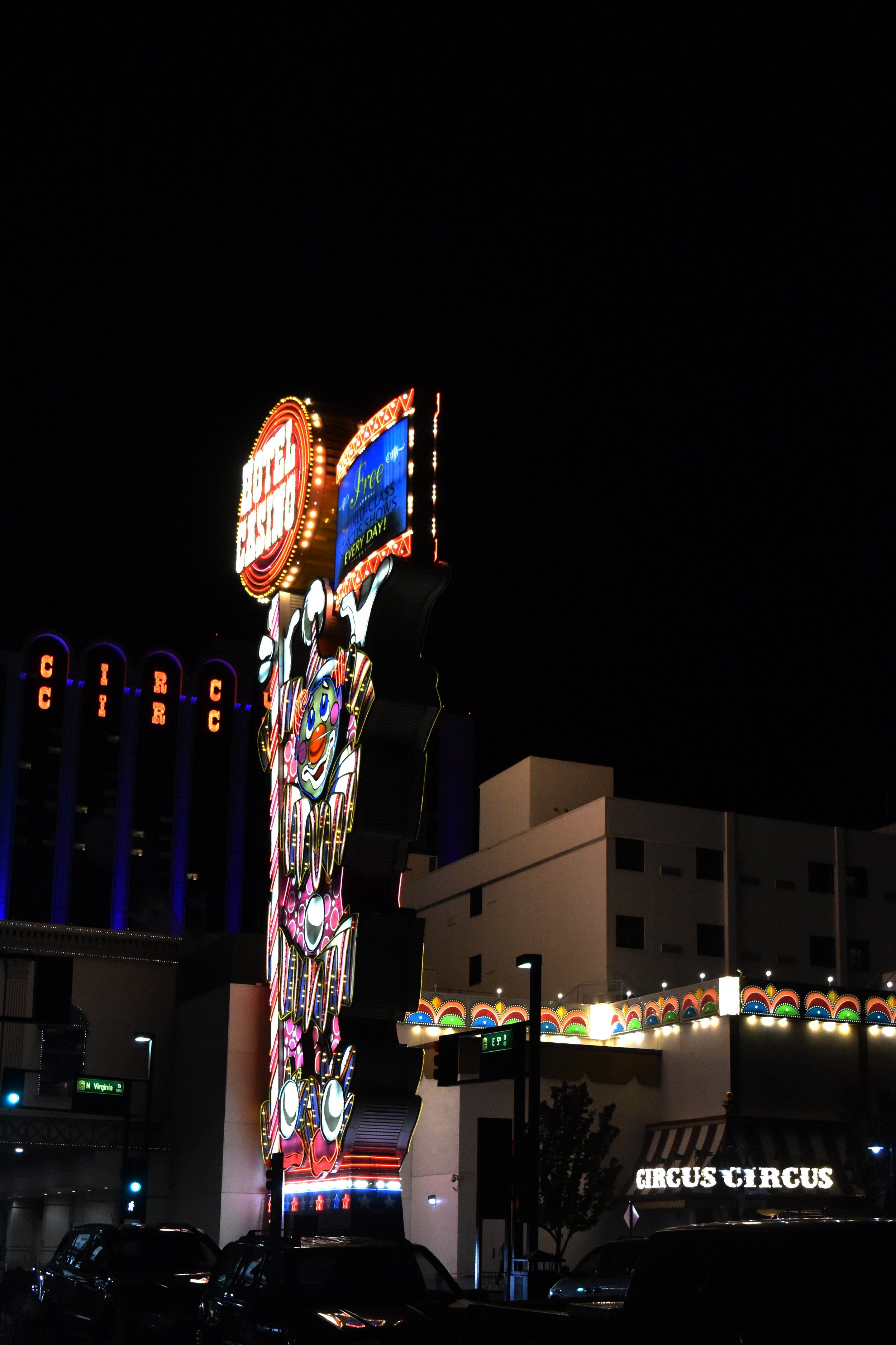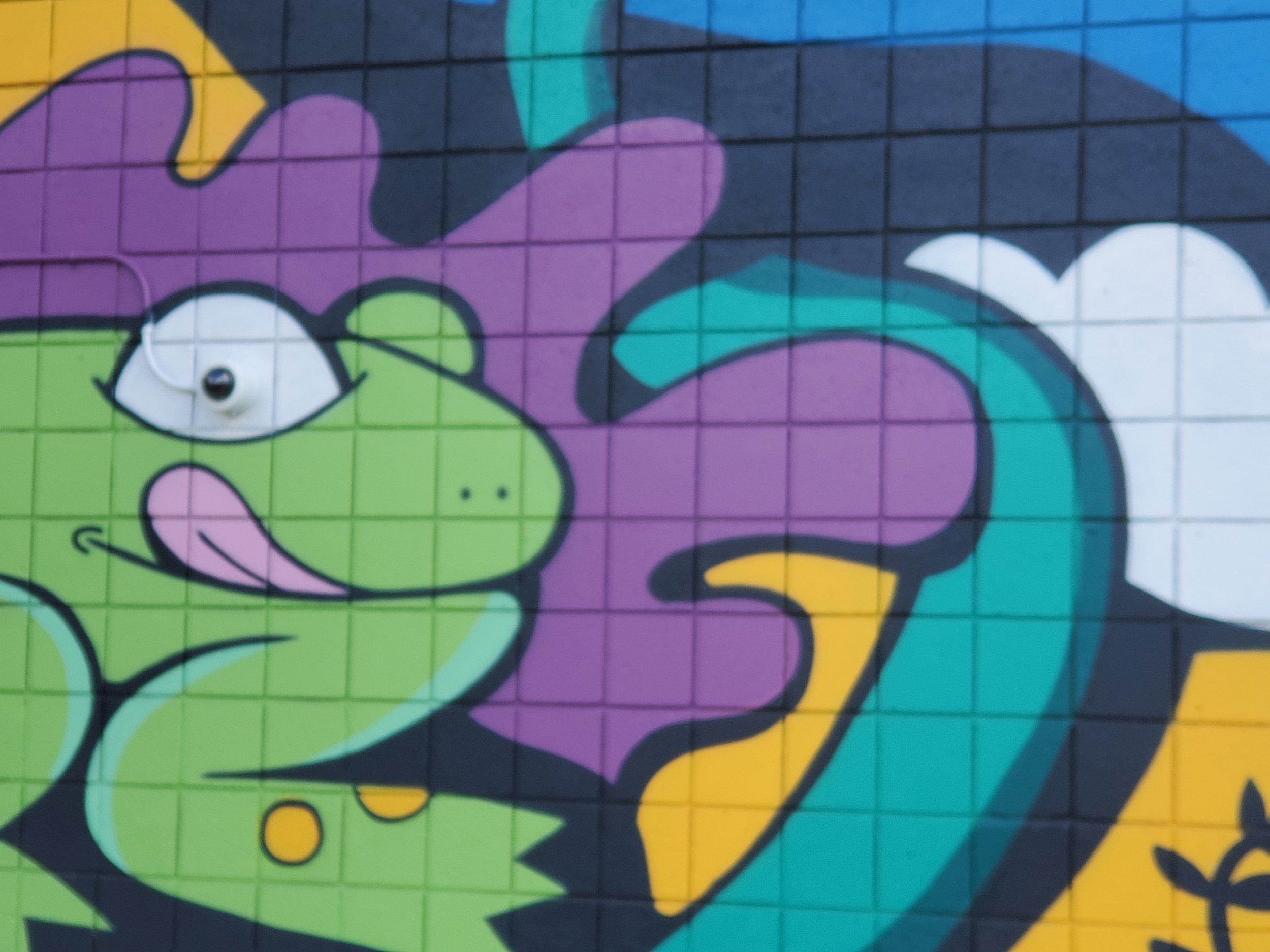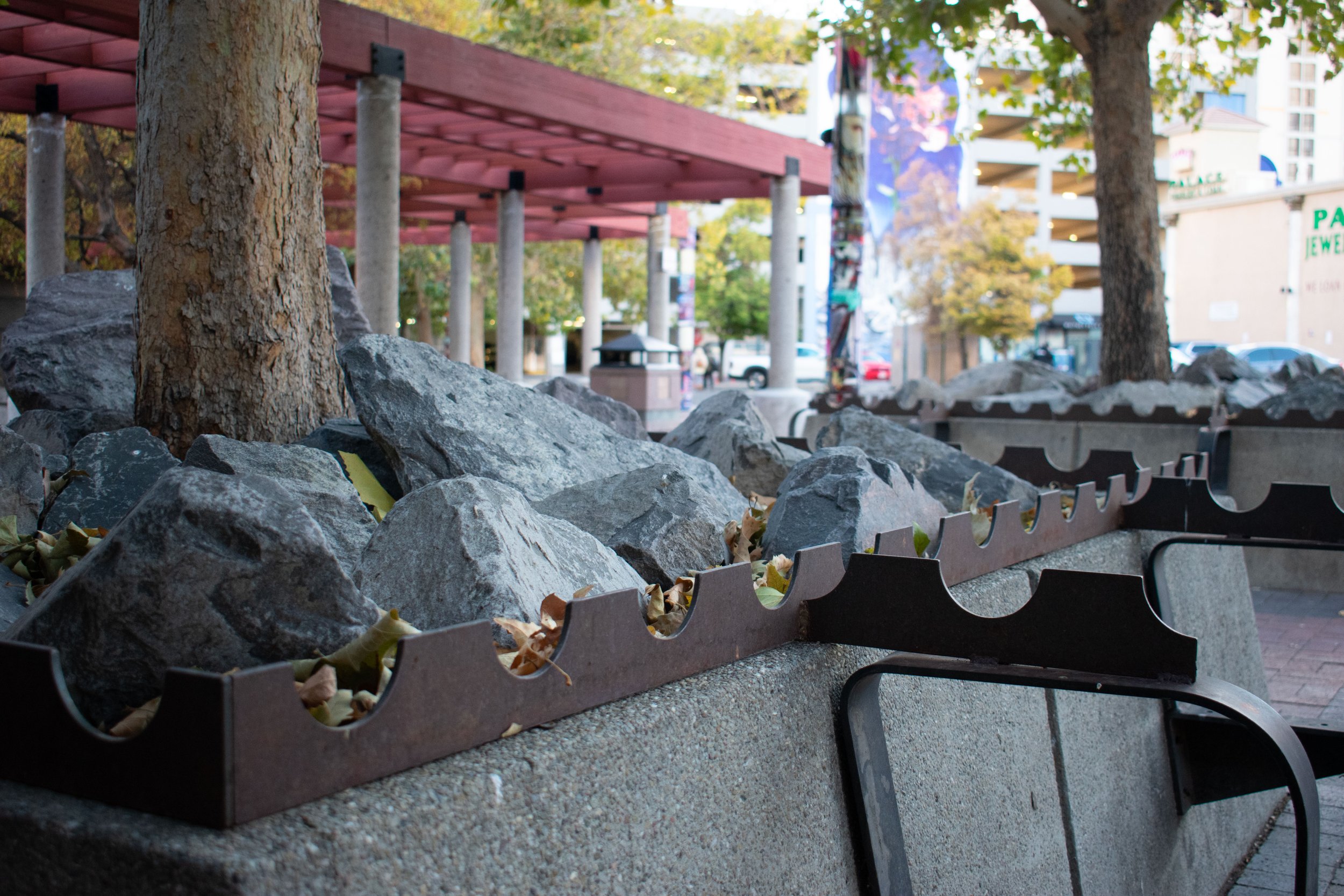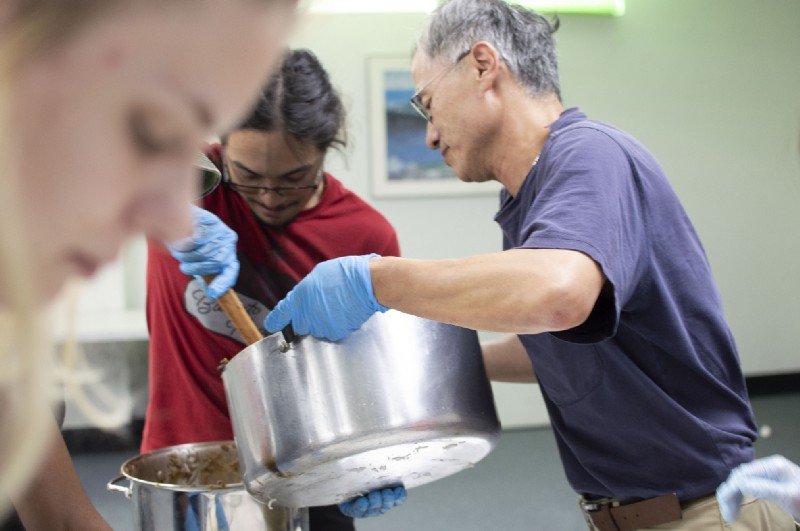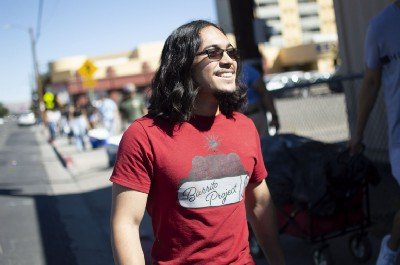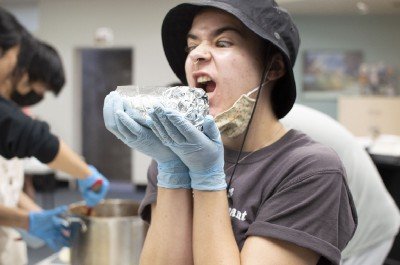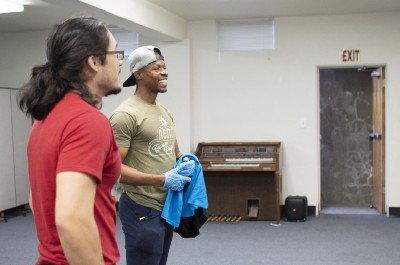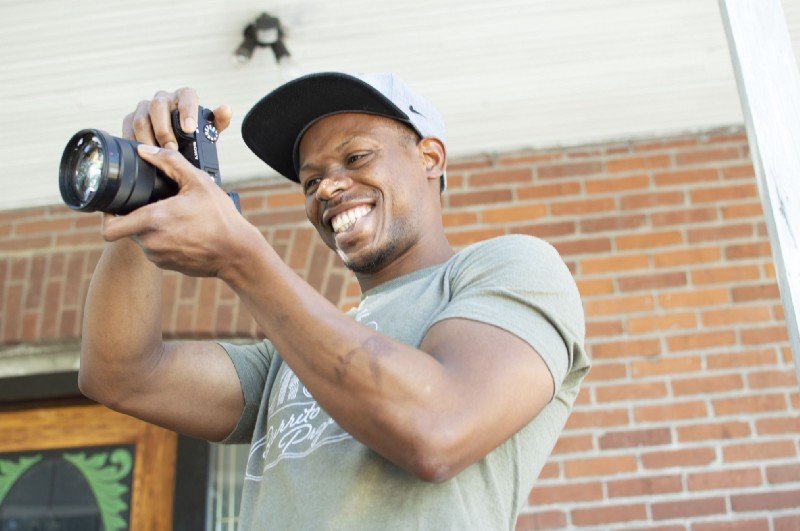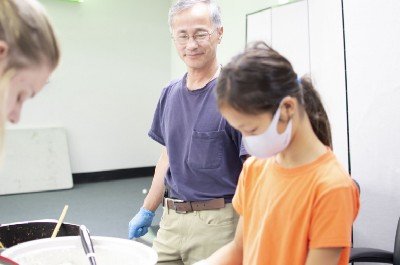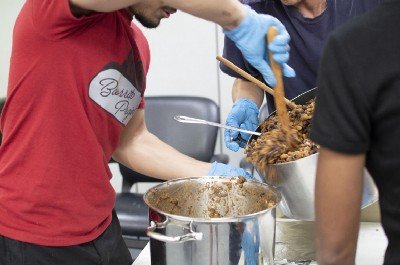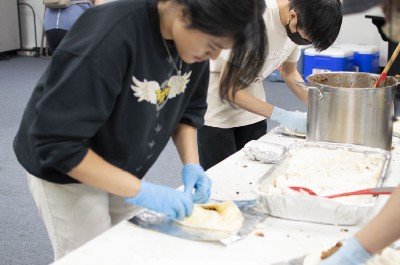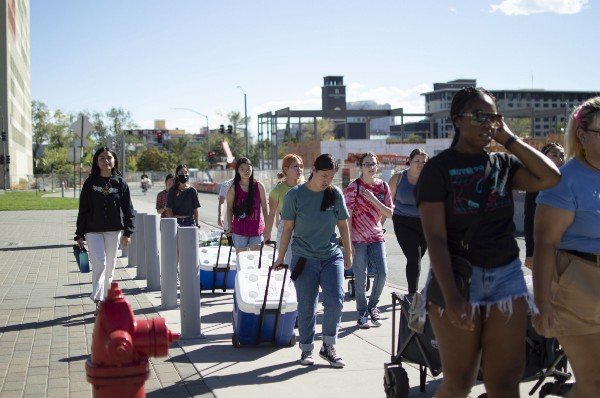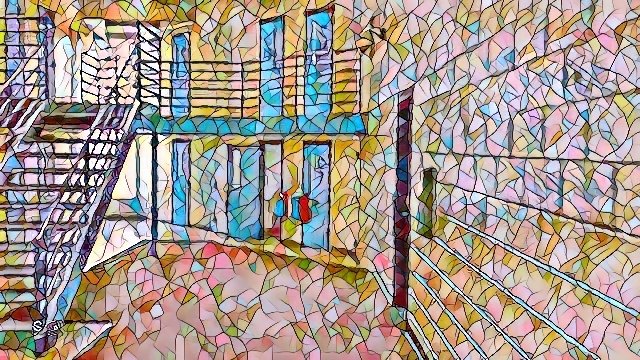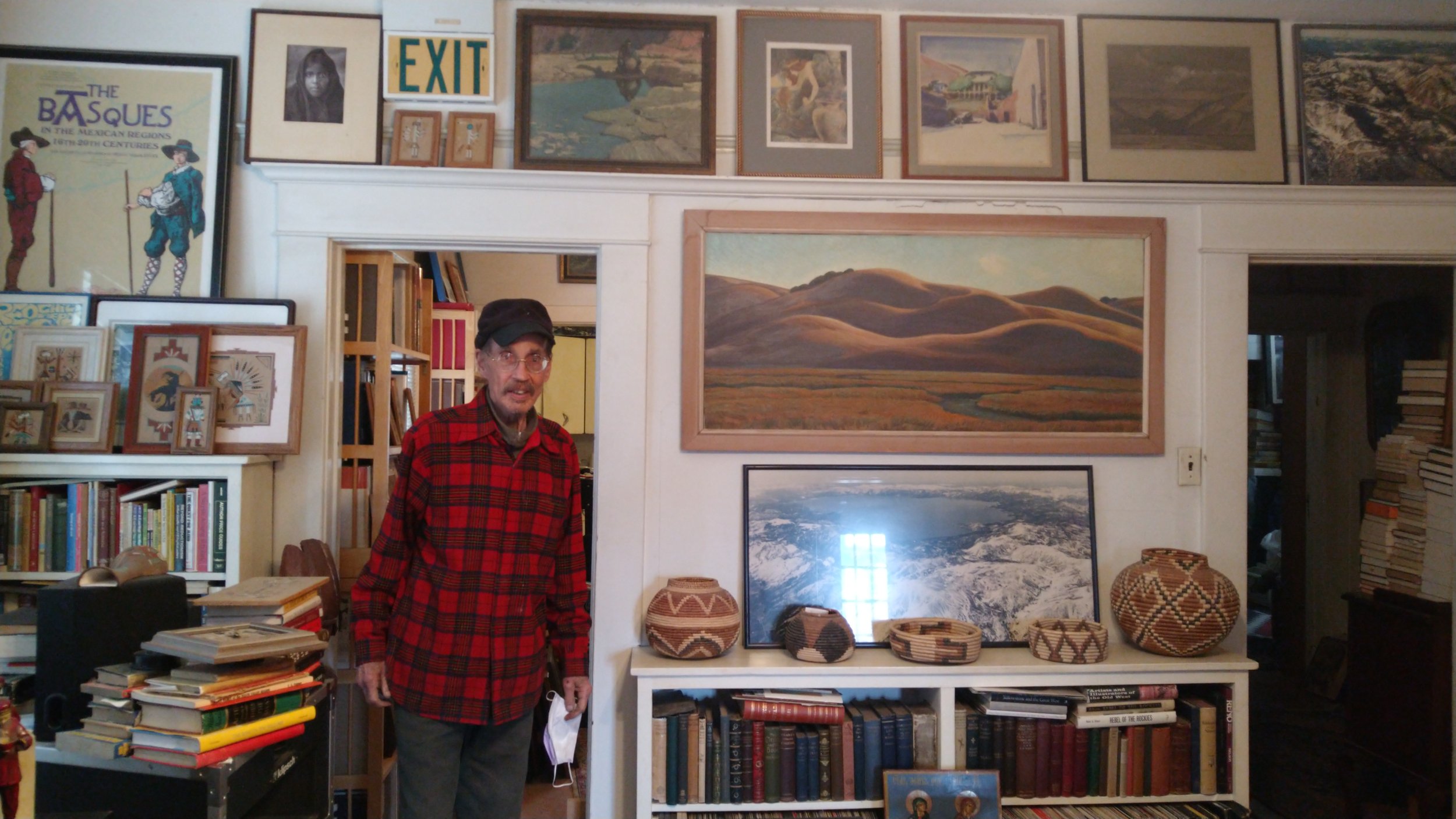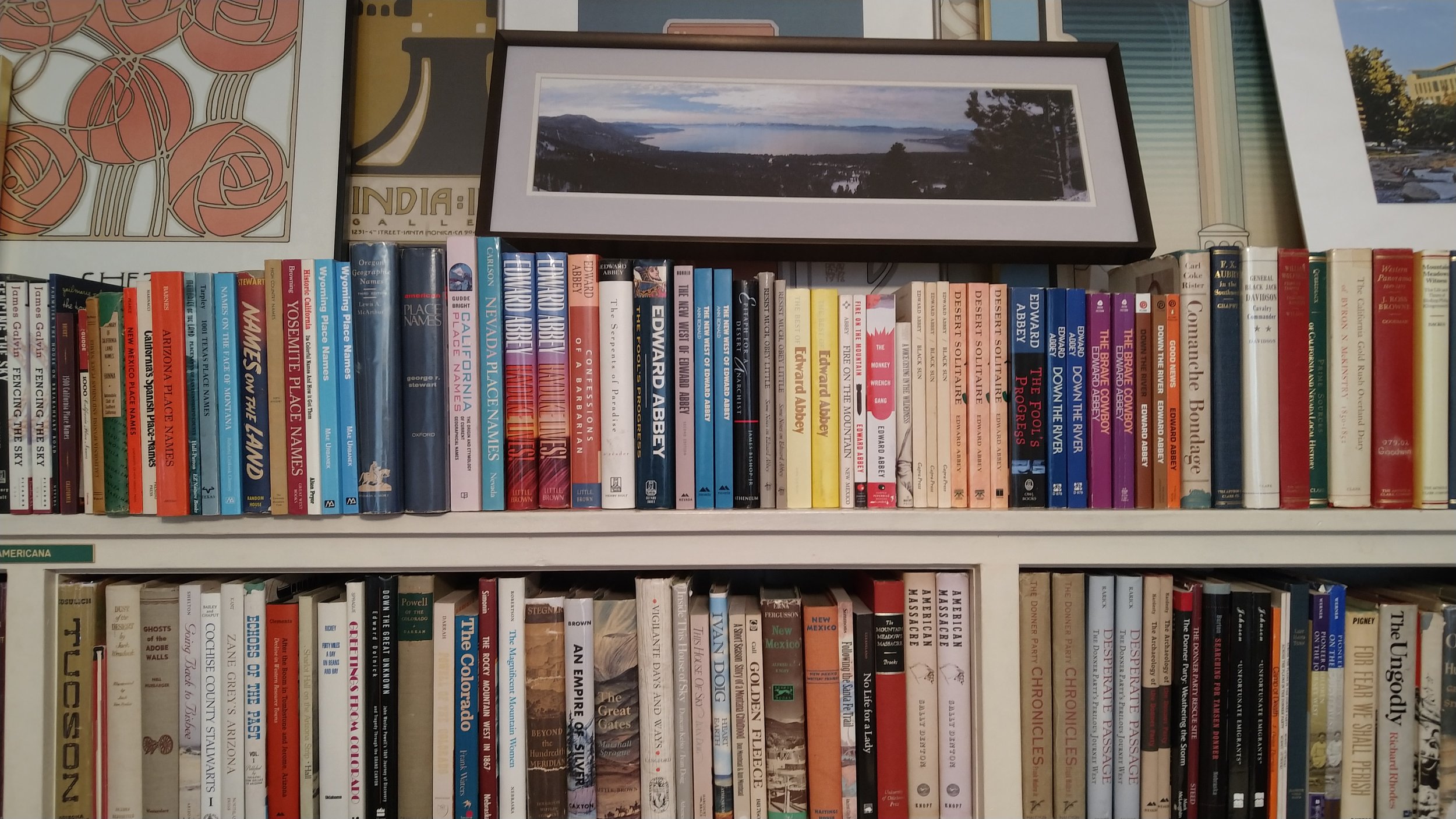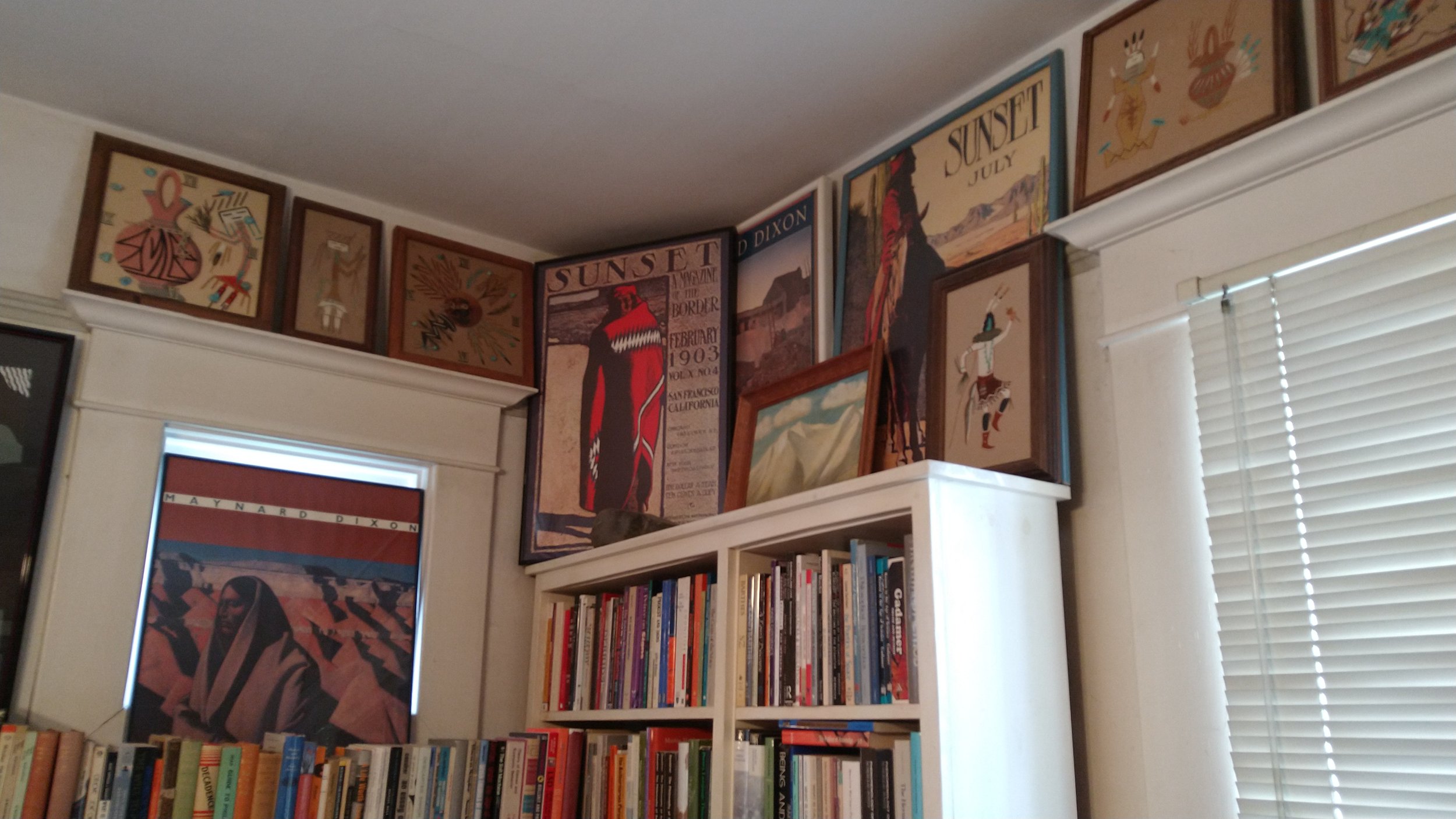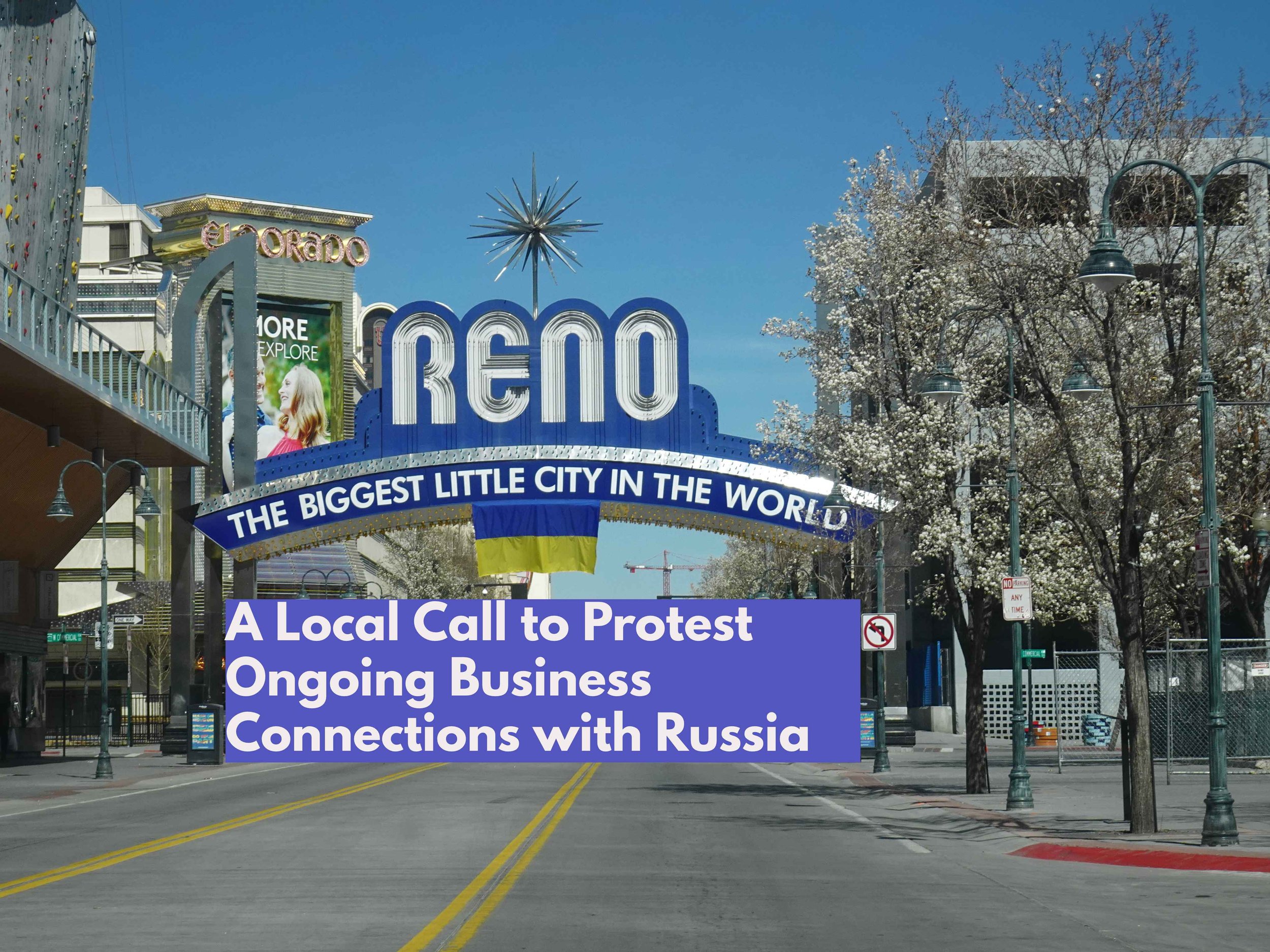I moved to Reno in September of 2022 to start graduate school at the University of Nevada. It took me months to find the perfect one bedroom apartment in my price range.
After countless Zillow searches I finally found the right place for me, located on Wells Avenue. I signed the lease without even seeing the apartment let alone understanding anything about the neighborhood. Now I feel at home living in one of the many alleyways of Wells Avenue.
In the last six months of occupying this space me and Bad Bunny—as I affectionately named my cat—have experienced the Wells area which feels eclectic, interesting and alive. But to some, like my mailman, Wells avenue can be overwhelming and confusing.
According to media reports I’ve come across, Wells Avenue is one of only two historic conservation districts in Reno. The Wells Avenue Neighborhood contains some of the oldest homes in Reno south of the Truckee River. It was first developed around 1900 when Sheldon Wells’ sheep ranch was subdivided by his son-in-law, Samuel Wheeler. By 1907, Charles Burke had purchased and subdivided adjacent ranch land and the neighborhood began to take shape.
The history of Wells is rich and while I see the beauty that has developed over the years, the area has been known to be home to some seedy characters. This could be why my mailman, who declined to be interviewed for this article, seems weary during his postal route. Take for example the DUI class located two blocks from where I live, with men always loitering in front smoking cigarettes and—ironically—drinking beers. One day while walking past a particular group of men I hear “Listen dude, I would let you ride my bitch before I let you ride my Harley.” This has made me avoid that side of the street entirely.

